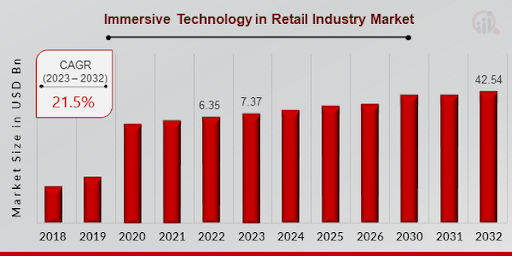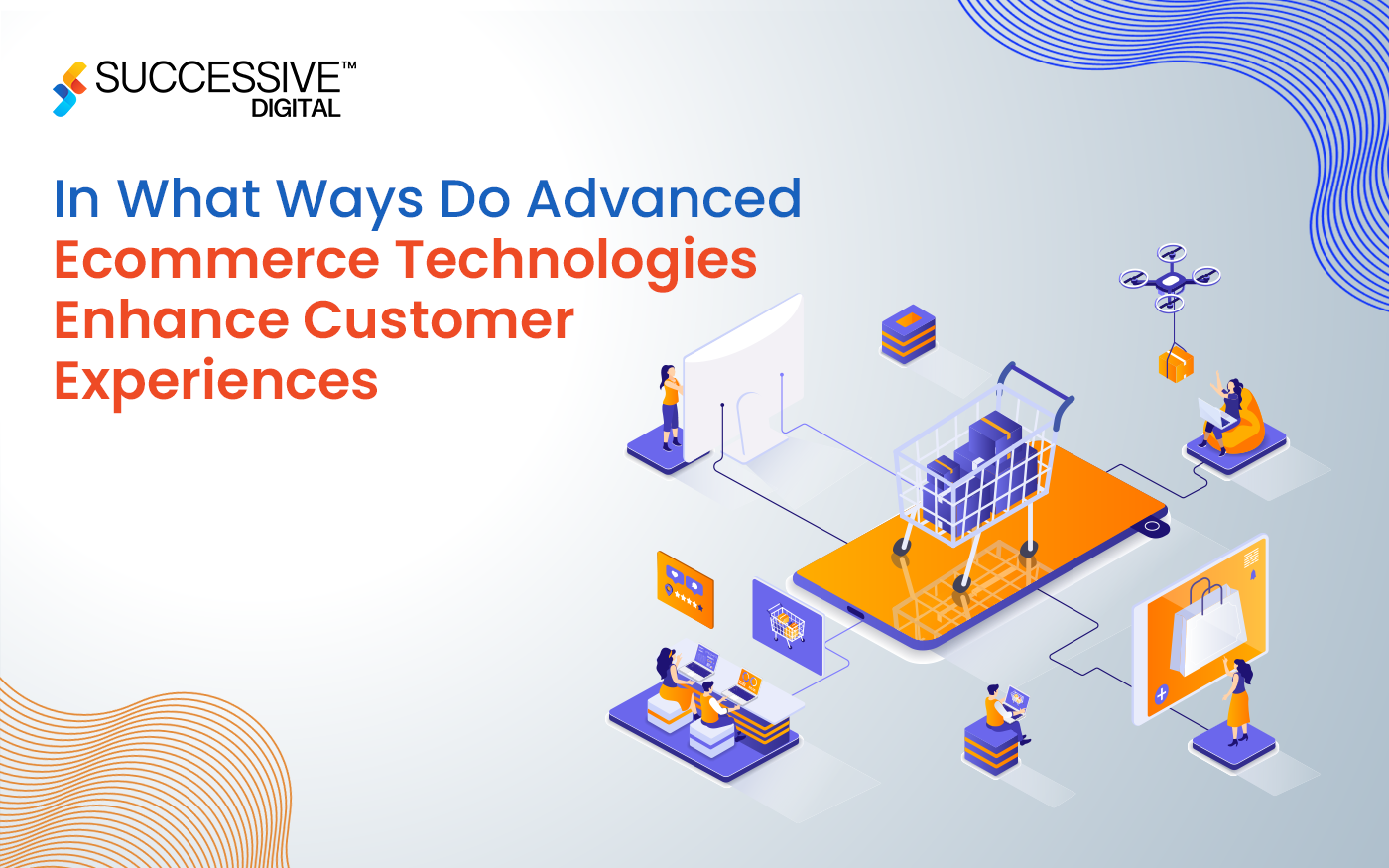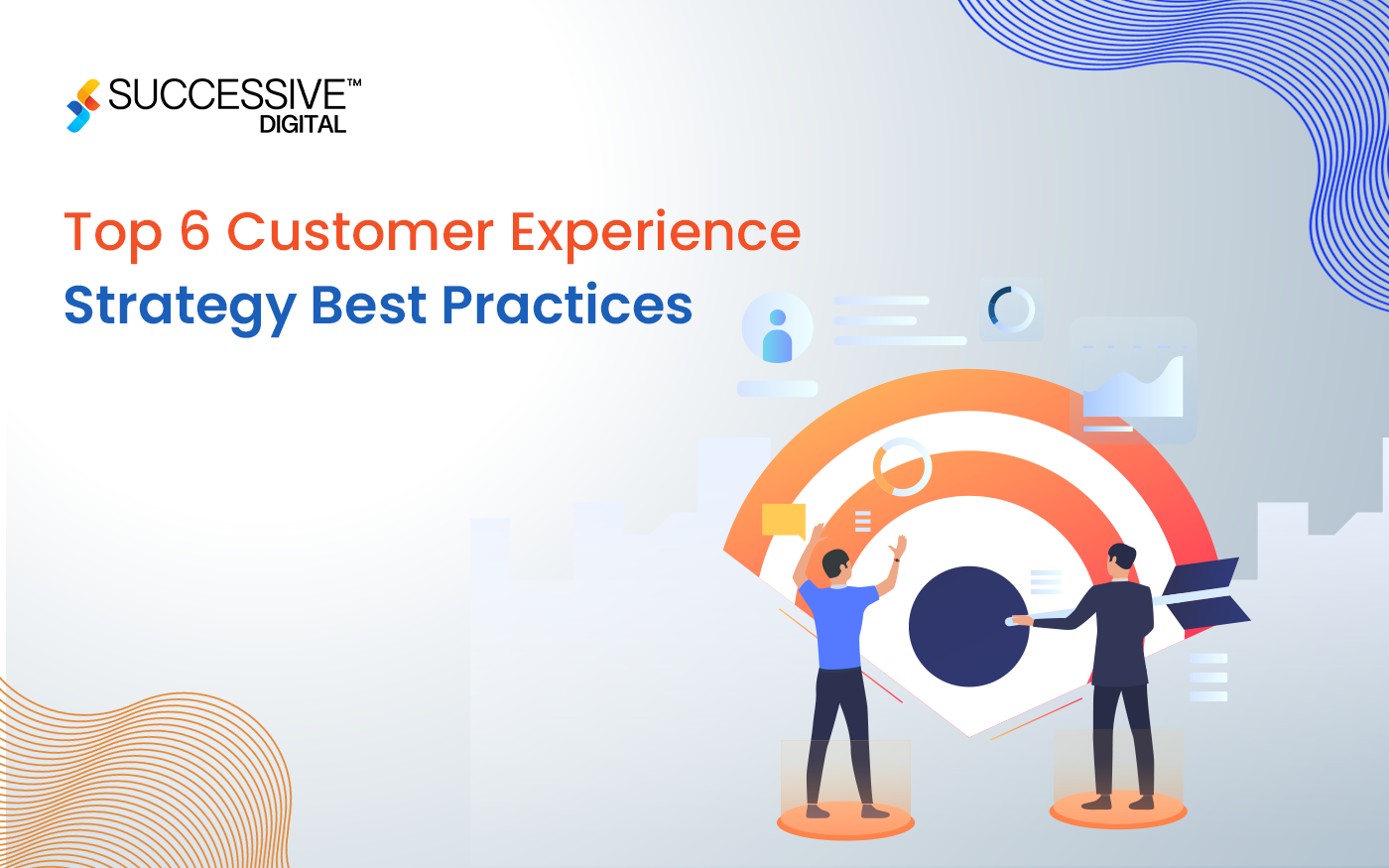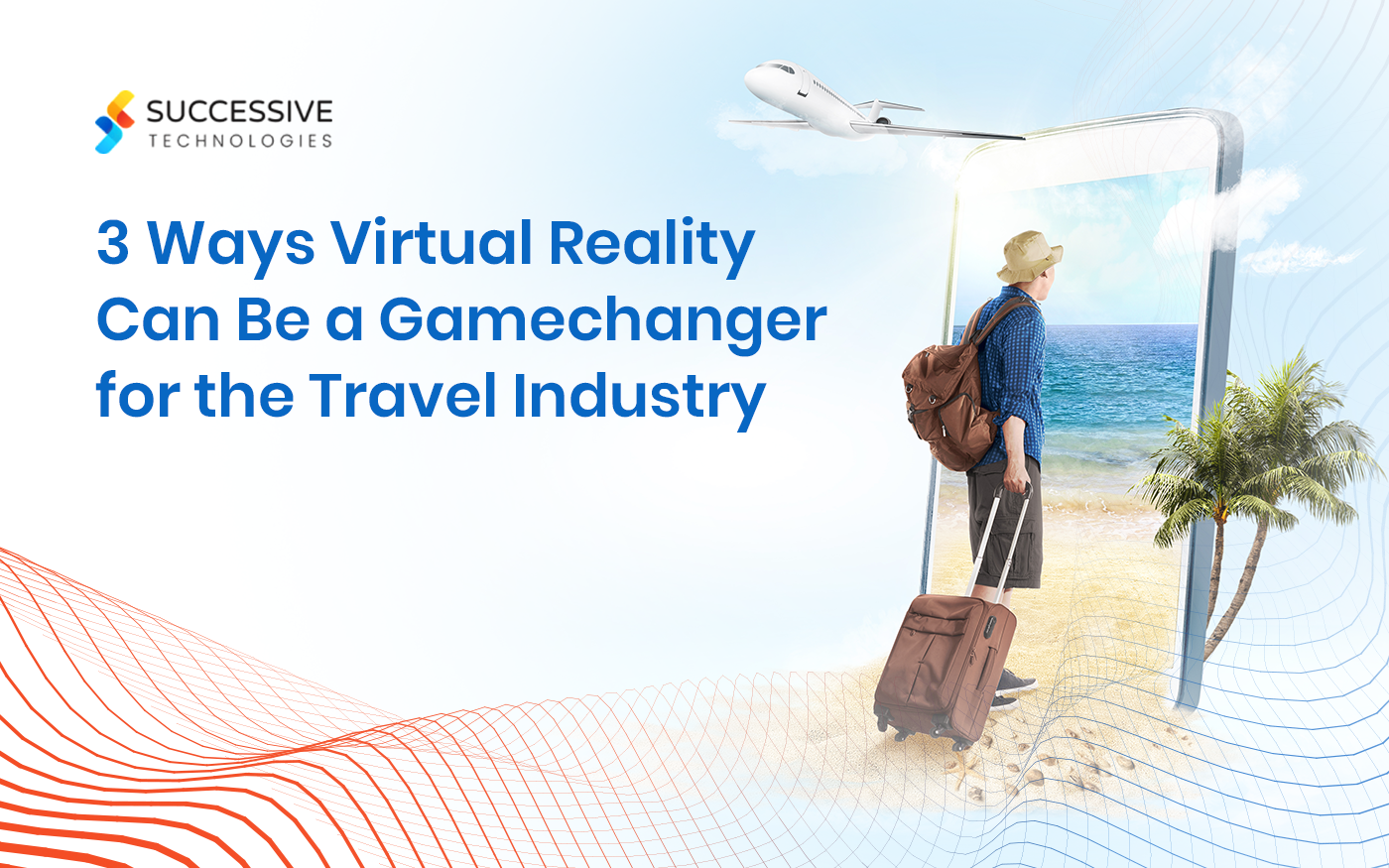The need for immersive experiences in Retail and commerce is fueled by increasing competitiveness to deliver better customer service.
By providing immersive experiences, businesses can create virtual smart spaces, offering a new dimension to retail, such as:
- Improve customer acquisition
- Drive impulse purchases
- Increase customer trust, loyalty, and conversions
- Reduce churn rate, resulting in more significant ROI
Overall, advanced technologies (AR/VR/MR/XR) improve user engagement by offering interactive and immersive experiences via devices such as smartphones, glasses, or headsets.
Also, the market size for immersive technology in the retail business is rapidly growing.
- In the year 2023, the market of immersive technology in retail and commerce was closed at USD 7.37 billion.
- The same market research also provided the data that the use of immersive technology in retail and commerce will evolve, and its market will jump to USD 42.54 billion by the end of 2032, with a CAGR of over 21.5% (2023-2032).
However, augmented reality and 3D modeling are key technologies utilized to create immersive experiences in retail and provide realistic product presentations and virtual try-ons. Meanwhile, interactive user guides through smart kiosk installation help enhance the in-store experience.
According to Shopify, businesses with 3D and AR content have seen a 94% increase in conversion rates.
Also, a survey by NielsenIQ said that 56% of shoppers believe that AR gives them more confidence about product quality, while 61% of shoppers said they prefer to shop with retailers that offer AR experiences.
These numbers support the growing demand and adoption of AR-dominating immersive experiences across the retail and commerce industry.
Next-Generation Immersive Experiences Use Cases in Retail and Commerce
-
Virtual Try-On and Product Visualization:
Augmented Reality (AR) and 3D modeling allow shoppers to digitally try on apparel, accessories, and furnishings in their own space, improving the shopping experience and lowering returns. Virtual try-ons are best suited for companies dealing in fashion, makeup, furniture, and interior design.
Brands implementing the idea: Carolina Herrera, Charlotte Tilbury, Adidas, Ikea
-
3D Web stores
3D web store allows users to view heavy machinery in three dimensions, rotate them 360 degrees, explore them from various angles, zoom in/out, rotate, customize (change the color, material, etc.), and see the result instantly. 3D web stores are best suited for highly technical items, heavy machinery, and jewelry businesses.
Brands implementing the idea: Bumbleride and Jweel
-
Interactive Shopping Experiences:
Interactive shopping experiences engage customers, enhance the in-store experience, and drive sales growth. This can include implementing in-store or digital store features such as virtual try-on screens, interactive displays, digital basketball courts, smart mirrors, and touch screens that invite customer participation and leave a lasting impression.
Brands implementing the idea- Decathlon, Tupperware
-
Virtual Showrooms:
Virtual reality enables businesses to build virtual showrooms, replicate physical stores in a digital environment, and create fully immersive shopping experiences where customers can explore, interact with, and purchase digital products and services.
Brands implementing the idea- Amazon, Ikea, Northface
-
Gamified Shopping:
Gamified shopping experiences can boost customer engagement by including interactive components like surveys, virtual dressing-up games or virtual room/car/house decor games, virtual currency, and coupons and offers attached to these virtual games in both in-store and digital stores.
Brands implementing the idea- Sephora’s Virtual Artist and LEGO’s AR Studio App
How Do Immersive Experiences Benefit the Retail and Commerce Industry?
Enhanced Customer Experience:
This goes without saying that brands implement immersive experiences in their customer interactions to enhance their customer experience.
As the appetite for tech-led innovations grows, Immersive experiences are taking center stage as they help online shoppers get a clearer, more tactile sense of what they are browsing, wherever they are, making the online experience more satisfying, especially by giving that “fit and feel” experience.
71% of eCommerce buyers say they’ll shop more often if immersive experiences are made more available.
Increased Sales and Conversions:
Implementing virtual reality and augmented reality in retail and commerce significantly impacts sales by adequately portraying a product and increasing customers’ confidence in purchasing.
Immersive experiences aim to improve customer experience by providing features such as a digital try-on of the product before actually making a purchase. This creates a positive experience with the brand, and the user is more likely to make repeat purchases.
As we discussed earlier, the leading beauty store in the US, Sephora, employs immersive experiences by using 3D facial recognition in its Virtual Artist App. This app allows users to try on different cosmetic items virtually by scanning their faces. This augmented reality tool enhances buyer confidence and purchase intent by displaying how beauty products would appear, ultimately driving sales.
In another case, Tesla doubled its sales and broadened its online reach in China after partnering with Alibaba’s Tmall to provide a virtual user guide and test drive to customers.
Also read- Key Benefits of Augmented Reality in Retail to gain a perspective on the benefits of immersive experiences.
Reduced Returns:
The immersive experience is solving the major challenge that the retail and commerce industry has been persistently facing- increased returns.
Research says that 37% of returns happen when the shopper doesn’t like the item, while 67% are due to a mismatch in the product description.
Augmented reality allows customers to visualize and interact with products in their environment before purchasing. This helps customers better understand
- Product’s size
- Fit and functionality
- Expectations with the actual product
By providing a more accurate representation of the product through AR, the mismatch between customer expectations and the actual product is reduced, leading to fewer returns.
Easing the Trials:
Immersive technologies ease the trials of products by offering “try before you buy” experience. In-store navigation systems, such as those used by Target and Home Depot, successfully guide customers to the products they want, simplifying the shopping process and improving the overall experience.
For example;
- IKEA Kreativ allows consumers to build a full 3D model of their room.
- The technique included scanning the room using LiDAR technology, which is built into iPhones.
- After the scan, users can quickly remove their current furniture and explore new options.
This function gives users an accurate visual picture of how new furniture will appear and fit in their homes, eliminating the need for tedious physical measurements. This removes the guesswork from purchasing furniture and provides convenience for shopping.
Final Words
If the immersive experience is not smooth, engaging, or purposeful, first-time customers will be reluctant to give new features another go, no matter how attractive the immersive elements are.
Hence, the first step before deciding what immersive experiences to implement is to track all the customer journeys.
Implementing virtual reality and augmented reality to increase the customer experience requires organizations to consider working with a solution partner that can help them analyze their brand, products, and channels—as well as their customer segments, journeys, and expectations—to learn which technologies can improve an experience and, therefore, increase customer traffic and sales.
At Successive Digital, we offer AR/VR development services that cover strategy, business impact, creativity, customization, and delivery. As an innovation-intensive customer experience management company, we turn preliminary ideas into full-fledged solutions that can provide the kinds of immersive shopping experiences customers dream of.
Contact our experts to shape your retail and commerce future with advanced immersive technologies.













